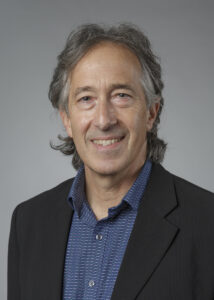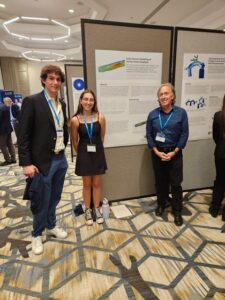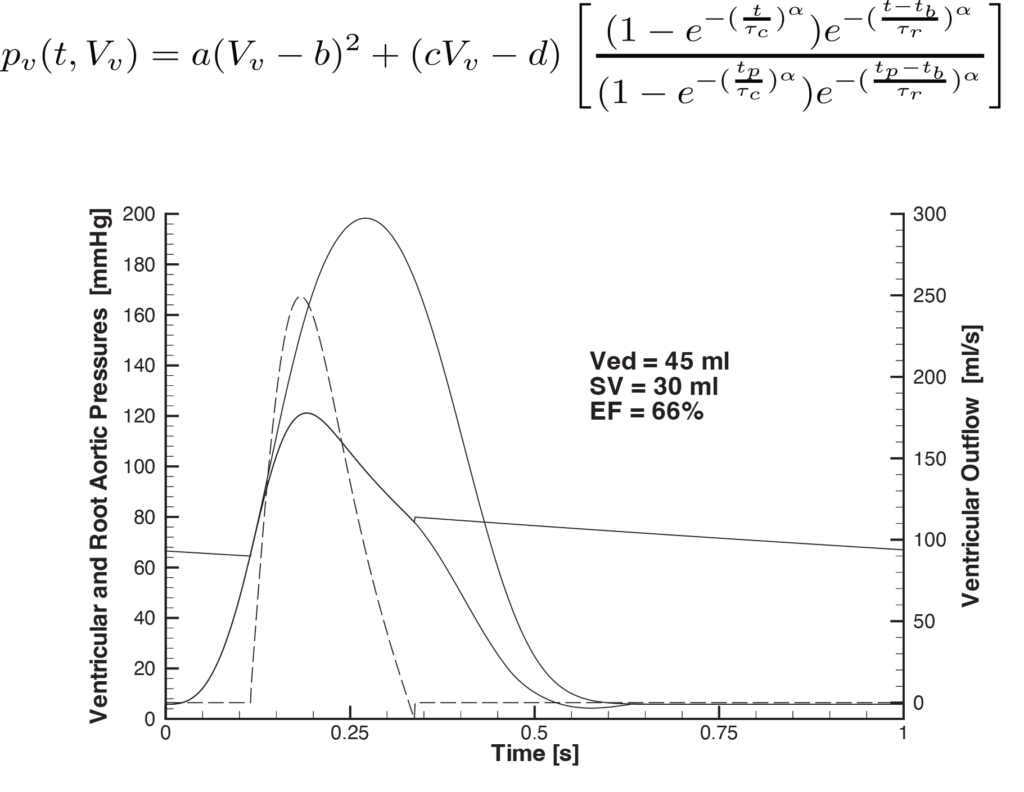Charles A. Dana Research Professor of Engineering Joseph Palladino recently was named to a second endowed professorship, the Vernon D. Roosa Professor of Applied Science, the same named chair once held by his mentor and former Trinity faculty member Joseph Bronzino P’84, ’87. In a recent conversation, Palladino talked about what drew him to his field and a sampling of his recent research topics.
How did you begin your studies in biomedical engineering?

In high school, I enjoyed studying biology and planned on majoring in it as an undergraduate at Boston University. I thought about a career in medicine, so I earned an emergency medical technician (EMT) license, worked at the Beth Israel hospital emergency unit, and drove an ambulance in Boston. As it turned out, I was attracted to physics, math, and the then-new field of computing, and so I switched my major to biomedical engineering. I continued my studies at the University of Pennsylvania, where I wound up studying cardiovascular dynamics for my dissertation.
As a biomedical engineer, where do you focus your research?
I study the heart and the cardiovascular system, essentially the flow of fluid in pipes. The system pumps complex fluid—blood—through complex pipes that are elastic, taper, and branch, propelled by the complex pump—the heart. The heart is under neural and hormonal control, and it circulates almost the body’s entire blood volume every minute while beating three billion times over a lifetime. It’s a very impressive pump.

What are you working on now in your lab at Trinity?
I work to develop new constitutive relations relating pressure and flow in the cardiovascular system to quantify the heart as a pump. By creating mathematical models, solved via computer, we are able to predict pressures, flows, and volumes throughout the cardiovascular system in both normal and disease states. A model that describes the left ventricle as a volume- and time-dependent pressure generator led to a new definition of ventricular elastance that may be used as a measure of ventricular performance. More recently, I have been developing mechanical models of muscle contraction that link studies at the whole muscle level with dynamics at the ultrastructural level. Although we started with cardiac muscle, this approach has been used successfully to describe cardiac, skeletal, and smooth muscle.
How do you collaborate with clinicians?
I have worked with Jan Mulier, a physician at the University of Leuven, in Belgium, who performed animal experiments we relied on for development of our heart model. I work with
Roy Davis, the former director of the Motion Analysis Laboratory at Shriners Hospitals for Children in Greenville, South Carolina. Roy’s lab contributed motion capture kinematic and kinetic force data from subjects with cerebral palsy. Together we looked at how children with cerebral palsy walk, including the movement of the hips, knees, and ankles. Gait analysis provides information that informs clinicians who design treatment plans, including surgical interventions, alterations in muscle activation, and braces or orthotics. Post-treatment, it helps quantify the success of the treatment plan.
You mentioned that Trinity students are research assistants. What do you hope that students will learn or think about through the study of biomedical engineering?
I hope that students will appreciate the beauty and performance of the natural anatomical and physiological systems. Feedback from former students shows that development of their ability to do independent work has been very helpful in their future studies and occupations as biomedical engineers.

